To read the previous blog on Coorg Day-1 & 2 click here
Day 3: Historical Marvels of Belur
Our third day started with a visit to the Manjarabad Fort, a star-shaped hilltop fort offering stunning views. Although the Fort is quite well maintained, the entry is free of charge and there are no security guards at the entrance. Hence it is completely pet friendly. One has to park the car on the ghats. There are some local eateries and a washroom next to parking. We climbed the stone steps from the parking and reach the Fort in around 15 minutes. There are coconut water sellers on the way. It was drizzling while we trekked. Sophie enjoyed the cold and cloudy weather in her yellow raincoat. She loves trekking through woods and exploring different forts.

Image Source: Westend65
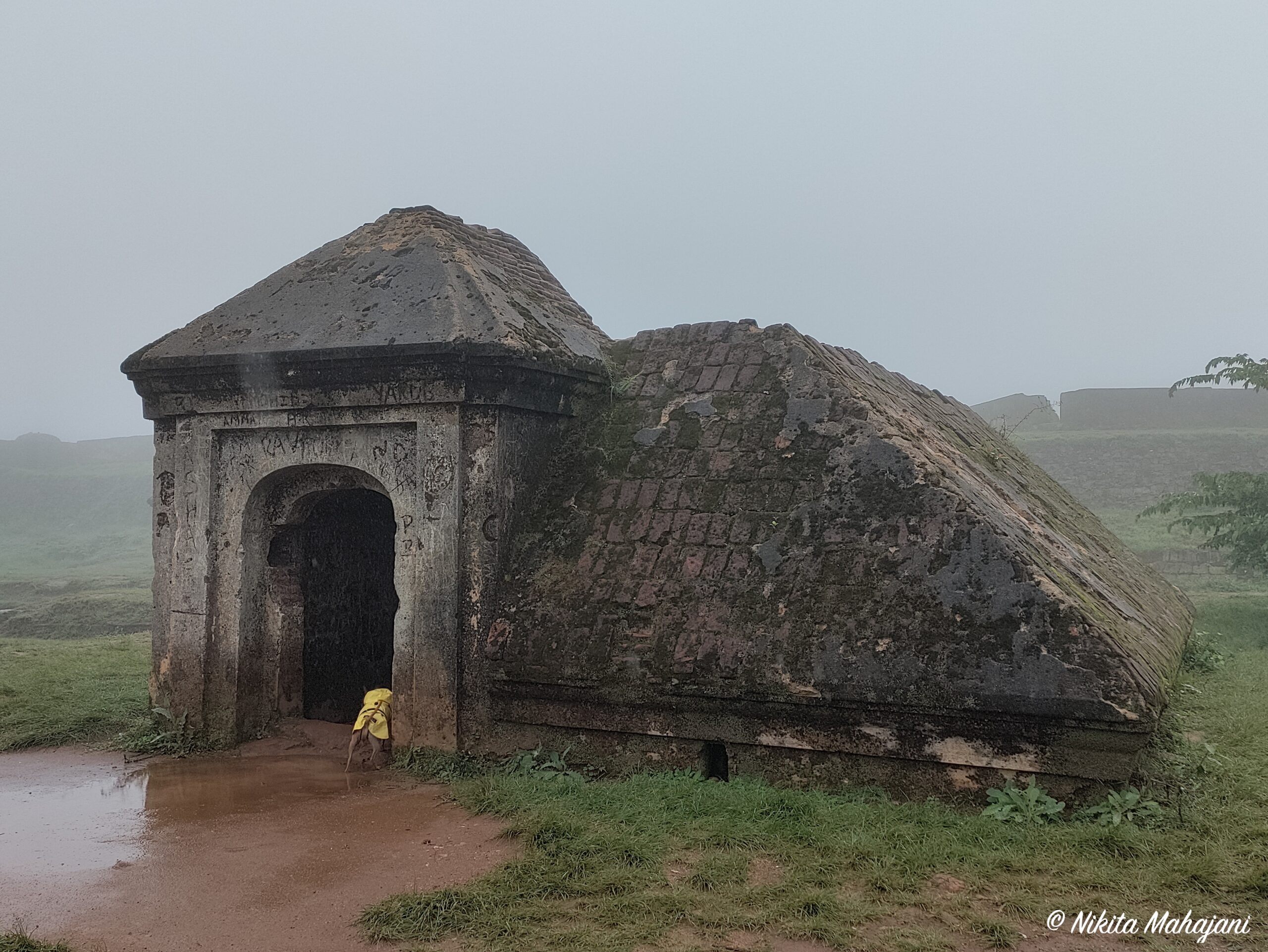
The iconic Manjarabad Fort is located at an altitude of about 3,240 feet in the Western Ghats. It is just 5 km southwest of Sakleshpur. Built in 1792 by Tipu Sultan with the help of French engineers, this star-shaped fort was strategically designed to keep British forces at bay.
The fort’s striking octagonal layout features eight walls, robust granite construction, bastions at every corner, deep wells, underground cellars for storing gunpowder, and intricate brick-and-lime mortar detailing — all testifying to its military significance and design brilliance.
Open to visitors from 8:00 AM to 5:00 PM, the fort is a treat in the early morning hours, especially during the cooler pre-monsoon or winter months when mist blankets the hills and adds a magical charm. The panoramic views from the fort are stunning — on a clear day, you can see the rolling Western Ghats and even glimpse the distant Arabian Sea.
There’s convenient parking available right below the fort, and the short uphill climb to the entrance is well worth the effort for both history lovers and nature enthusiasts.
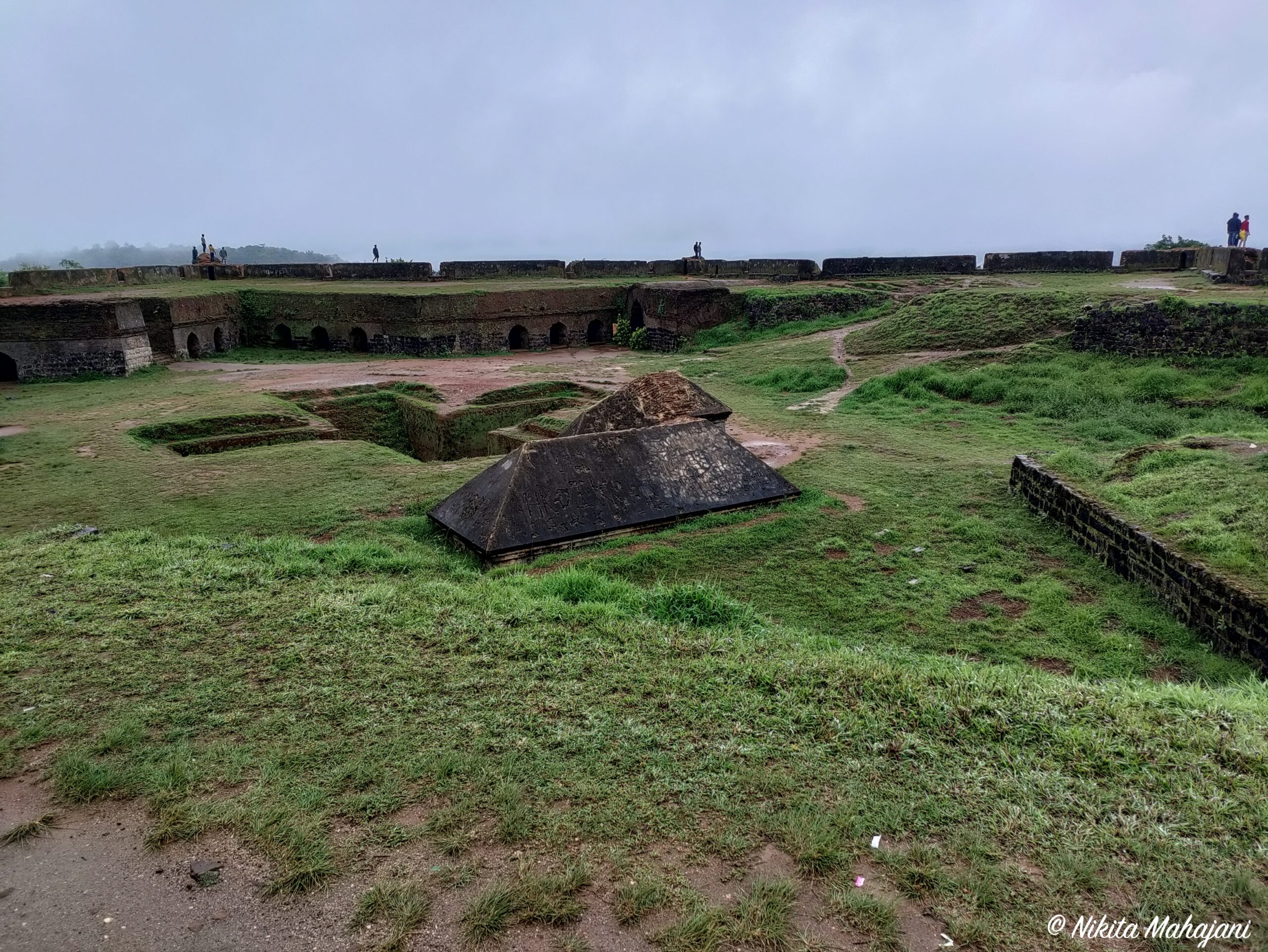
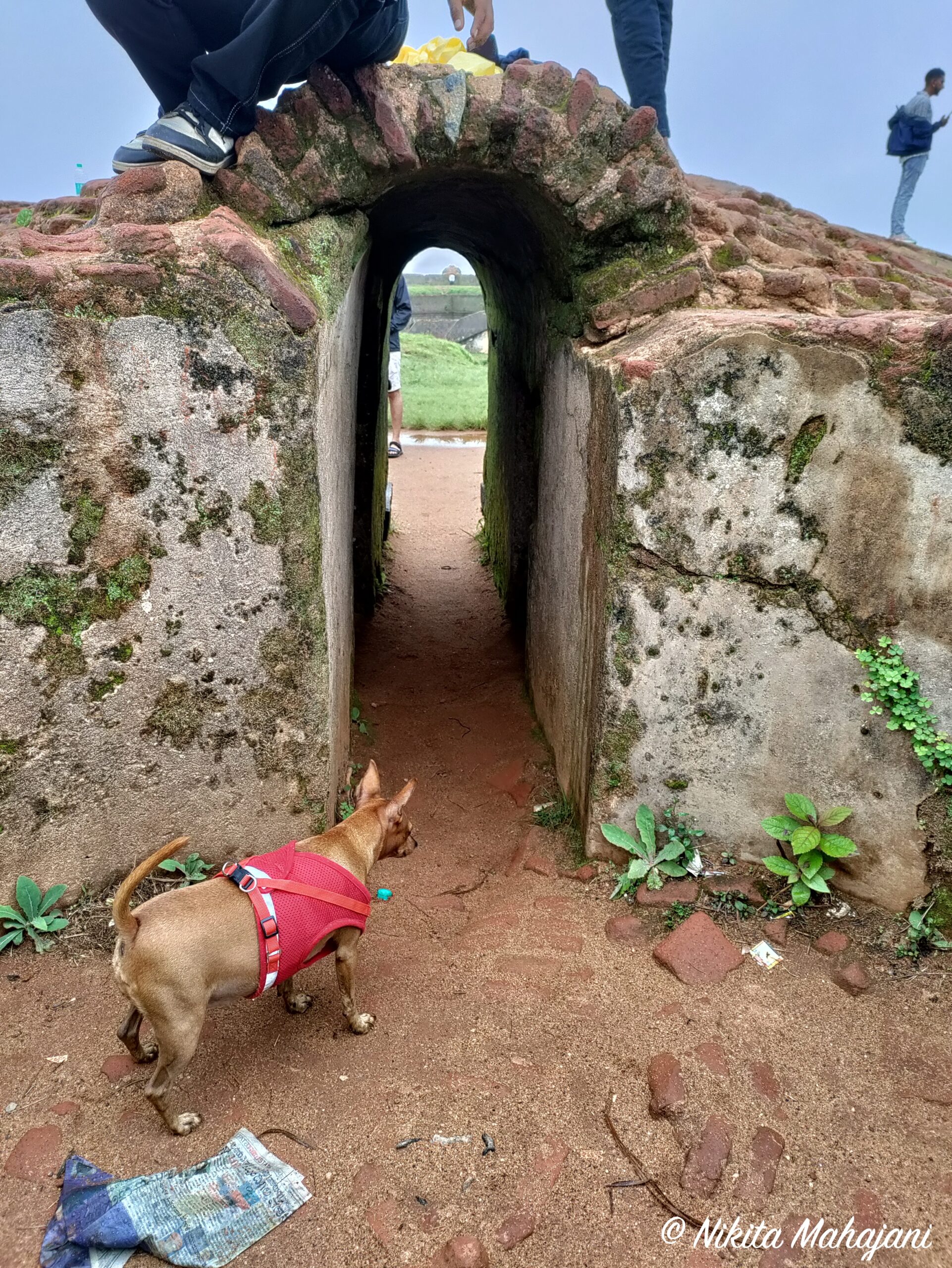
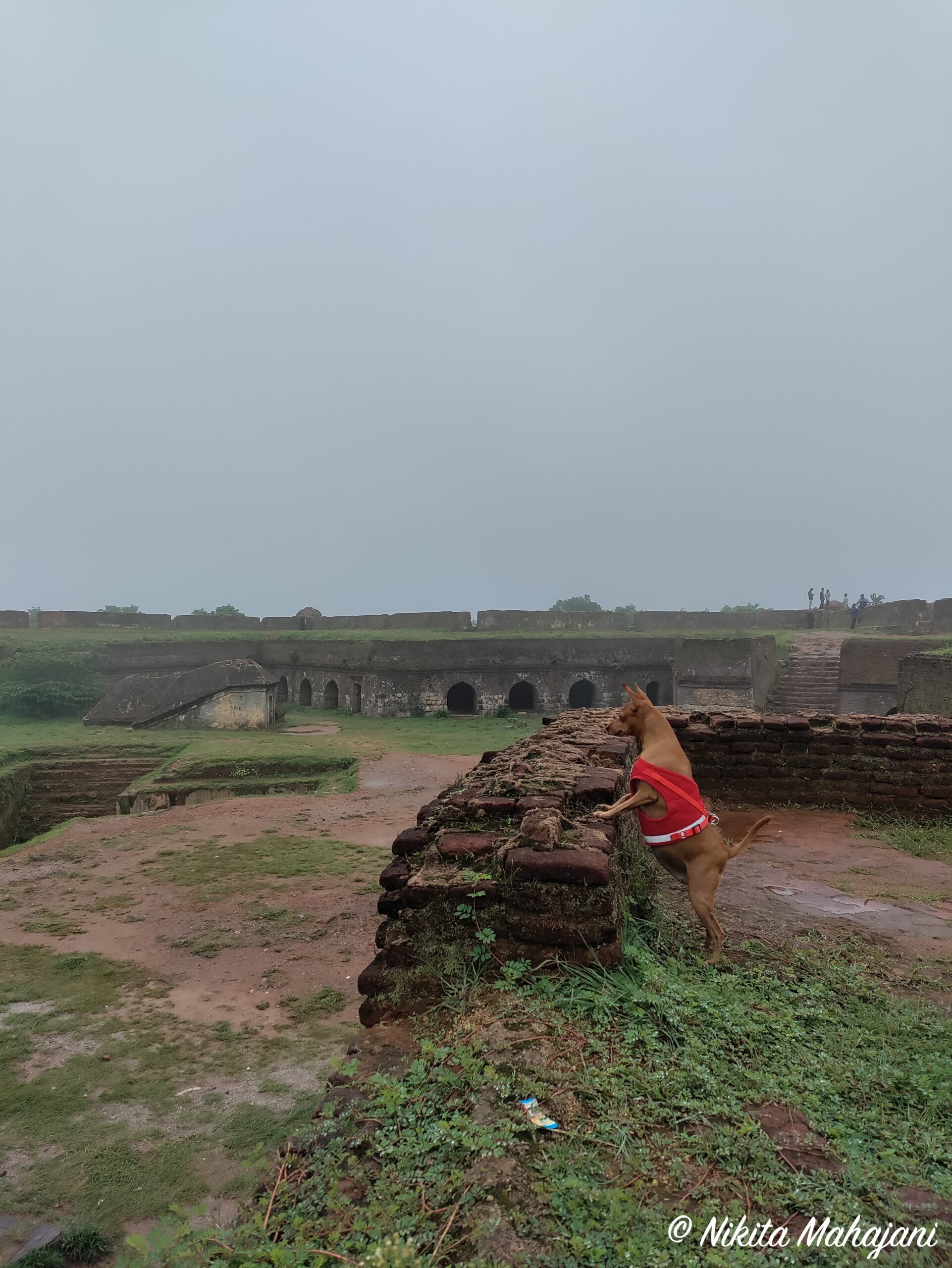
After a brief exploration, we continued to Belur, where we visited the famous Chennakeshwara Temple. Being a UNESCO World heritage site, pets are not allowed in the temple premises. By this time, our young driver Rakshith (from DK Coorg Taxi service) had become friends with Sophie. He happily offered to look after Sophie till we visited the temple. So Sophie waited back with him in the parking. The intricate carvings and stunning Hoysala architecture were a visual treat, transporting us back in time.
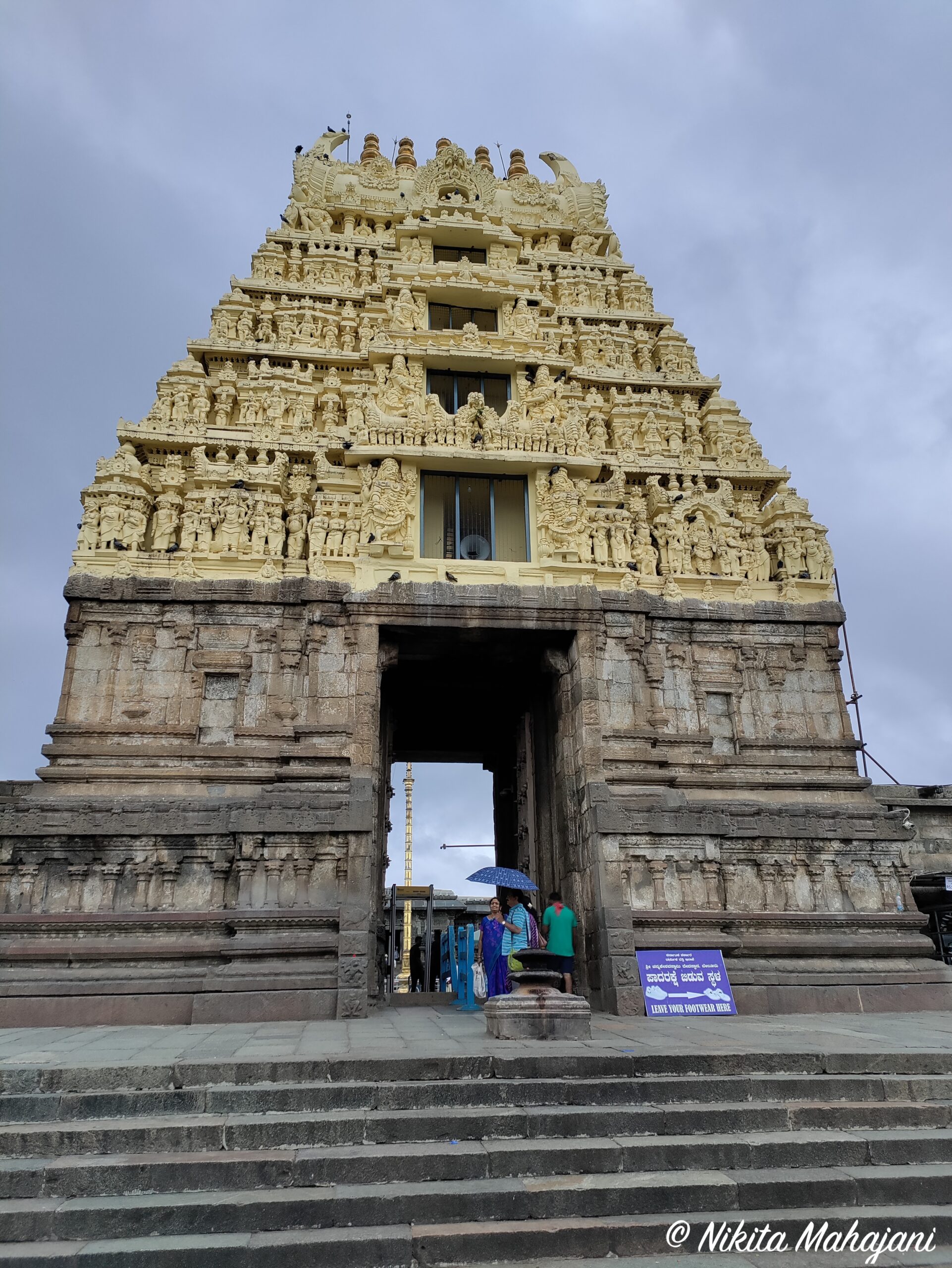
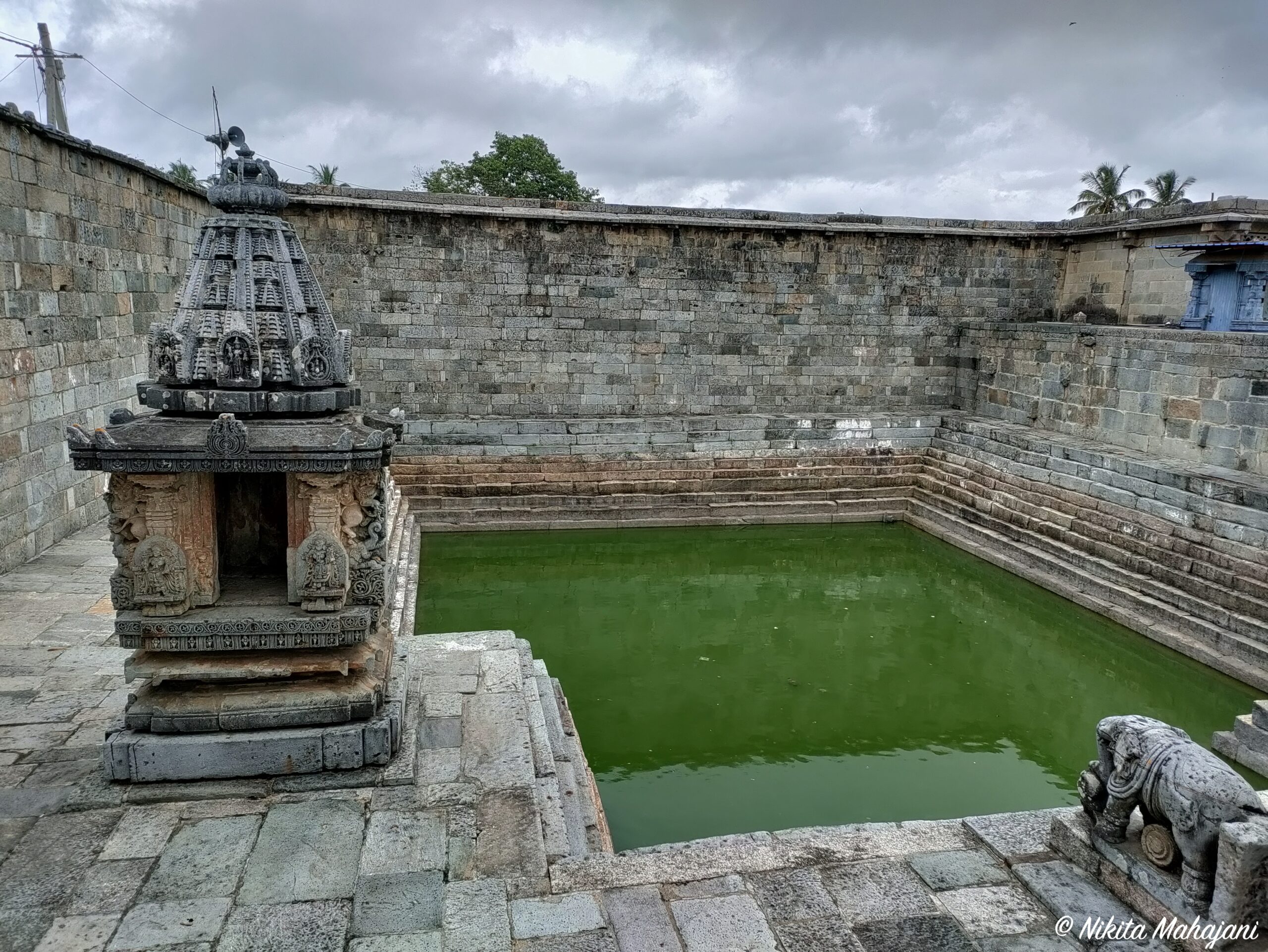
Nestled in the historic town of Belur, the Sri Chennakeshava Swamy Temple is a true treasure for lovers of art, history, and spirituality. Commissioned over 900 years ago by Hoysala king Vishnuvardhana, this architectural masterpiece stands as a shining example of the dynasty’s exquisite craftsmanship.
Every corner of the temple tells a story — from intricately carved pillars to elaborate scenes from the Ramayana and Mahabharata etched in stone. At the heart of the temple is the deity Lord Chennakeshava, a serene and graceful form of Vishnu that draws both devotees and admirers alike. Still active as a place of worship, the temple complex is beautifully maintained and exudes a vibrant, sacred atmosphere.
Highlights not to be missed include the rotating Narasimha pillar and the delicate Madanikas — celestial dancers carved with astonishing detail on the ceiling brackets. A must-visit for architecture enthusiasts, culture seekers, and anyone eager to step back into a rich, living history.
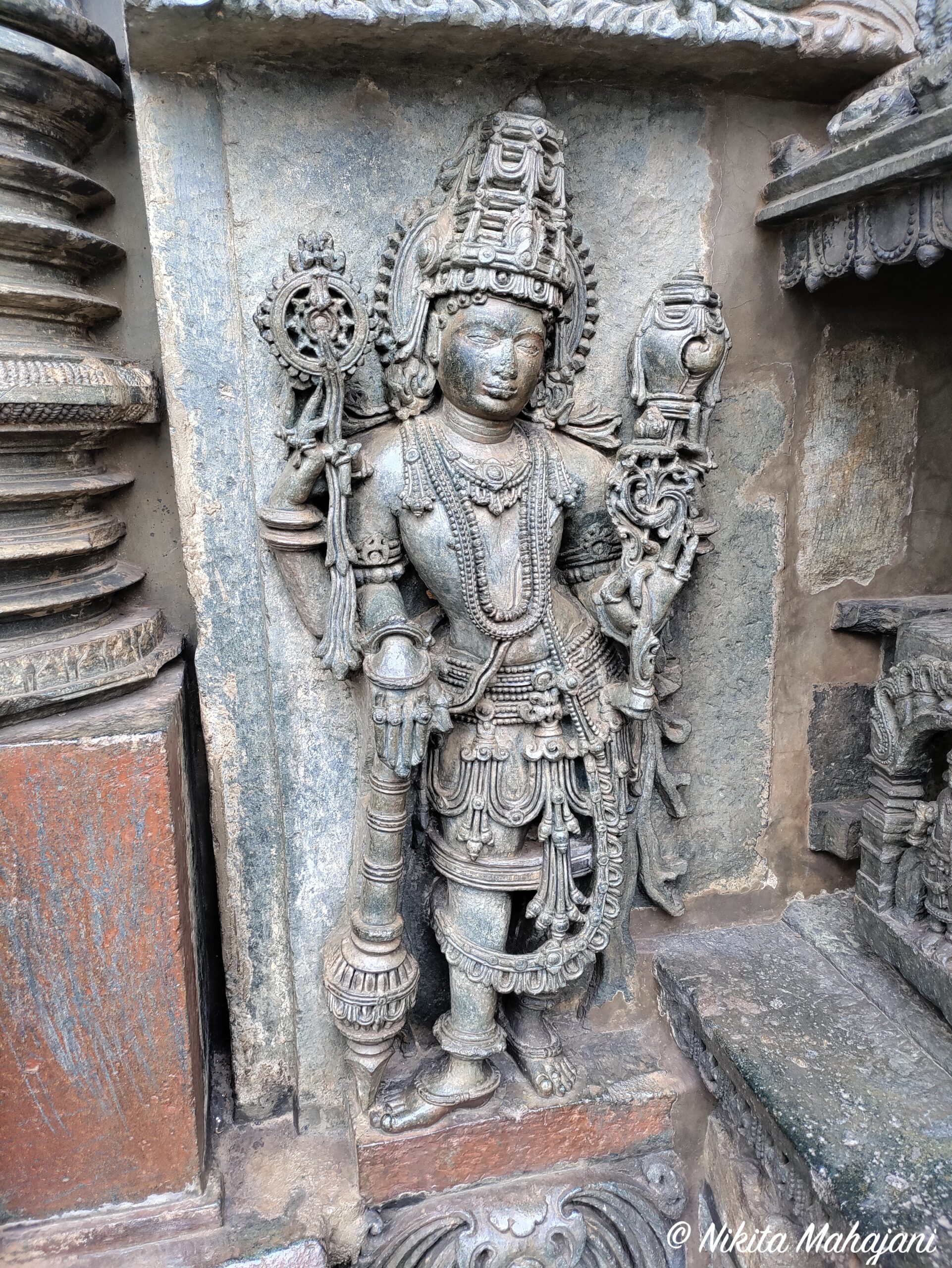
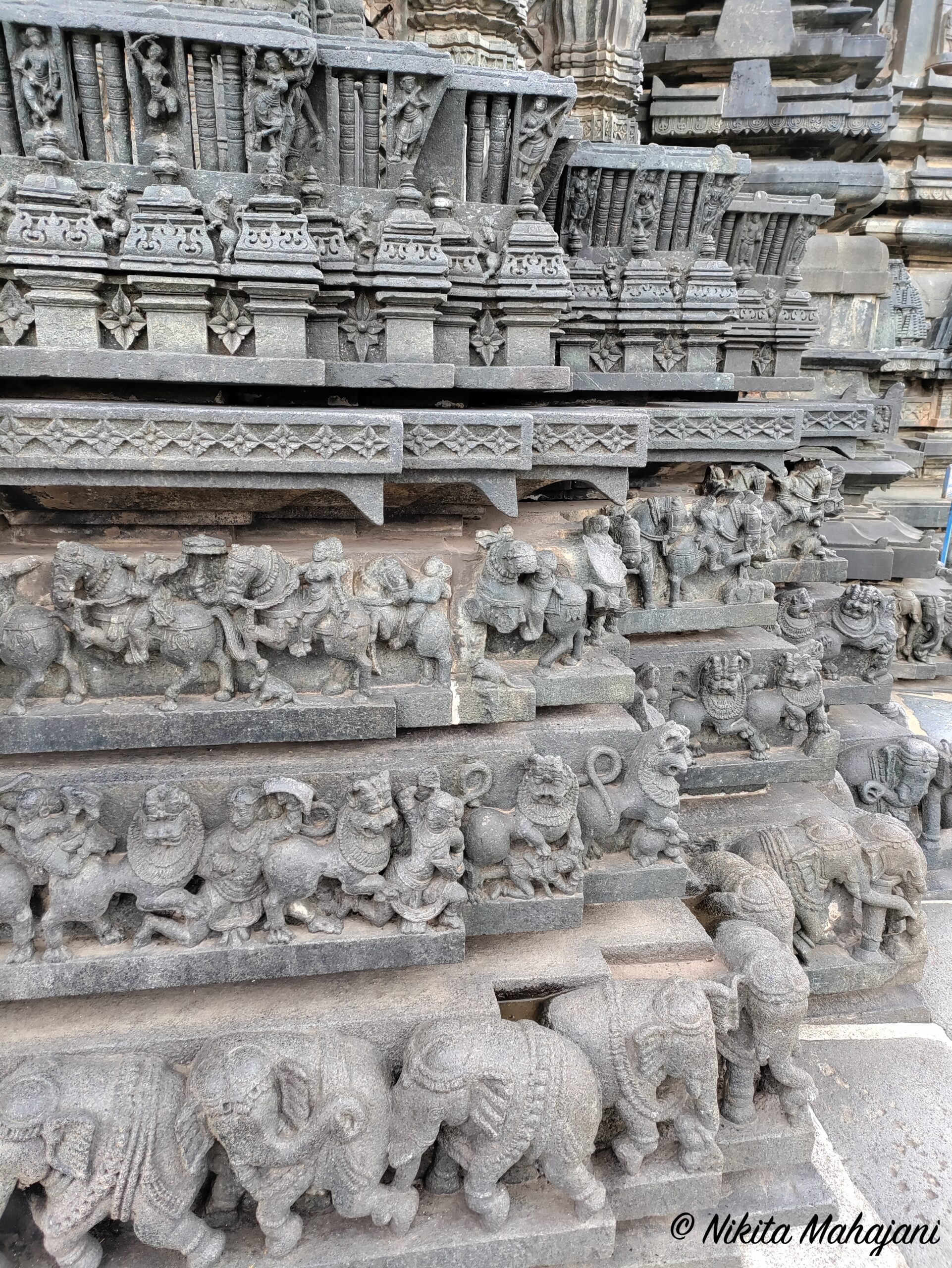
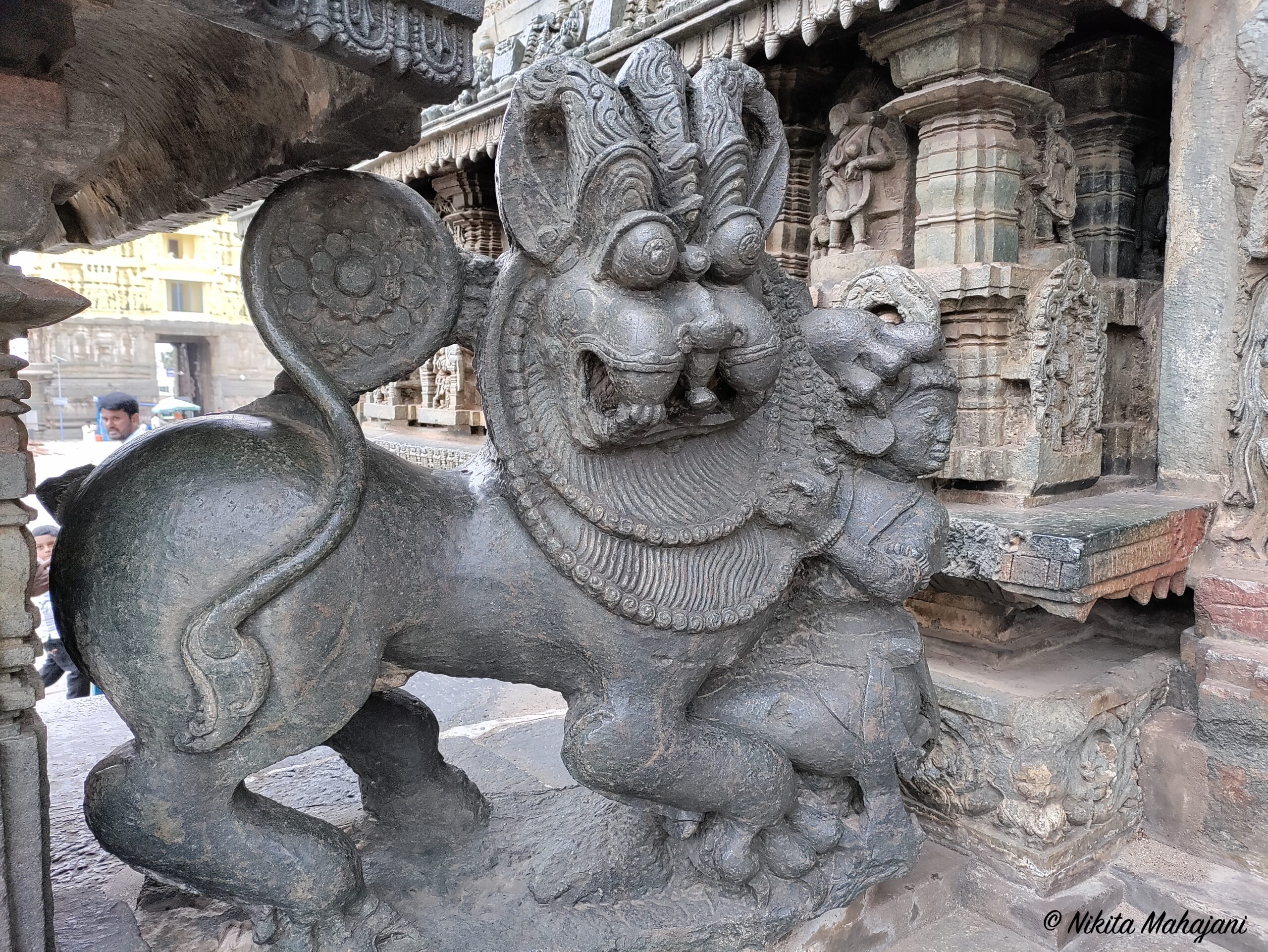
Now, we headed towards the famous star shaped Hoysaleshwara Temple, Halebidu which is also a UNESCO World heritage site. Pets are not allowed in this temple as well. So Sophie waited with the driver in the parking. The temple is adorned with beautiful stone carvings. There is a lake near the temple where boating is available. Entry to the temple is free of charged however you need to pay for the parking. There are guides who can explain to you the story behind sculptures in the temple.
The Hoysalesvara temple dedicated to Lord Shiva was constructed in 1121 CE by Ketamalla, a prominent merchant, in honour of the ruling King Vishnuvardhana at Dorasamudra (present day Halebidu). This is recorded in an inscription dated to 1121 CE, found near Kalleswara temple at Ghattadahalli. It also refers to this temple as ‘Vishnuvardhana poysalesvara’, which later became popular as Hoysalesvara.
The temple complex is situated on the west bank of the Dorasamudra lake and the ancient capital city of Hoysalas is named after it. The temple once had a prakara (compound wall) with an imposing mahadvara (gateway) with the royal emblem placed over it. At present, a portion of the mahadvara, immediately south of the Hoysalesvara shrine, is reconstructed up to the plinth level and mounted by a Ganesha idol and broken blocks depicting the Sala legend. A memorial pillar with a dedicatory inscription to Kuvara Lakshma who sacrificed his life following the death of his King Ballala II is on the south west corner of the main temple. The excavations to the east of the Hoysalesvara shrine have revealed portions of prakara and also the plinth of an unidentified group of temples. The Huchcheswara temple is located to the south east of the temple complex.
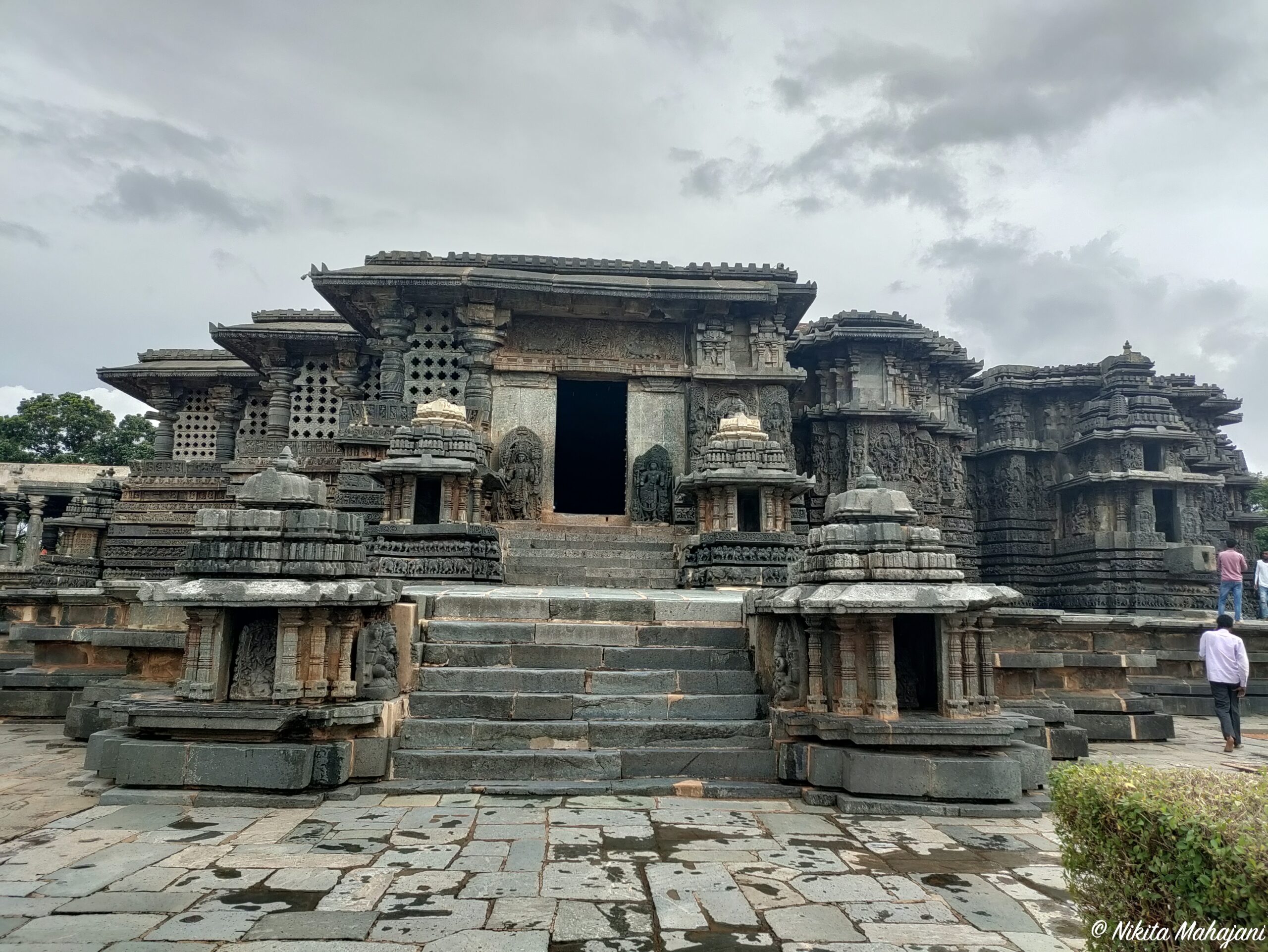
We also explored the less-known Sri Vijayi Parshvanaatha Basadi and Shanthinatha Manasthambha, absorbing the quiet spirituality of these places.
The Vijayi Parshvanatha Basadi stands as the largest and most prominent among the three temples in the Jain Basadi complex at Halebidu. Built in 1133 A.D. by Boppadeva, son of the minister Gangaraja who served under Hoysala King Vishnuvardhana, this temple is deeply rooted in both historical significance and spiritual symbolism.
Its construction marked a momentous time — celebrating the king’s military victory and the birth of his heir, Narasimha I. Fittingly, the main deity was named Vijayi Parshvanatha to commemorate this triumph.
Step inside, and you’ll be awestruck by the 18-foot-tall idol of Parshvanatha Tirthankara, crowned by a stunning seven-hooded serpent. The temple’s mahamandapa showcases twelve exquisitely lathe-turned, mirror-polished pillars — each with intricate detailing that reflects the precision of Hoysala craftsmanship. In contrast, the freestanding mukhamandapa pillars, though unpolished, are beautifully adorned with delicate carvings that add to the temple’s charm.
A must-visit for heritage lovers and those keen to explore the artistic legacy of Karnataka’s Jain temples.
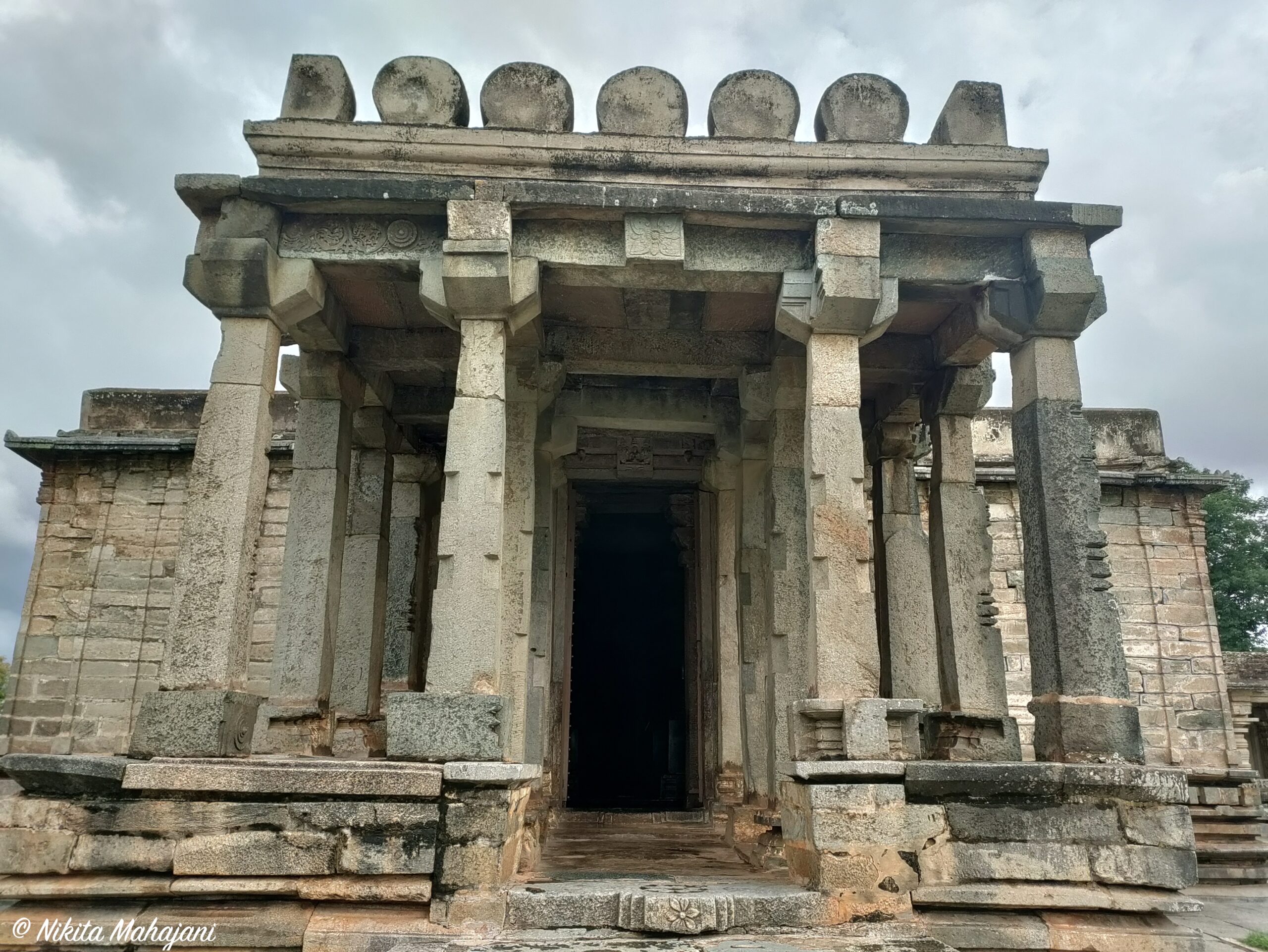
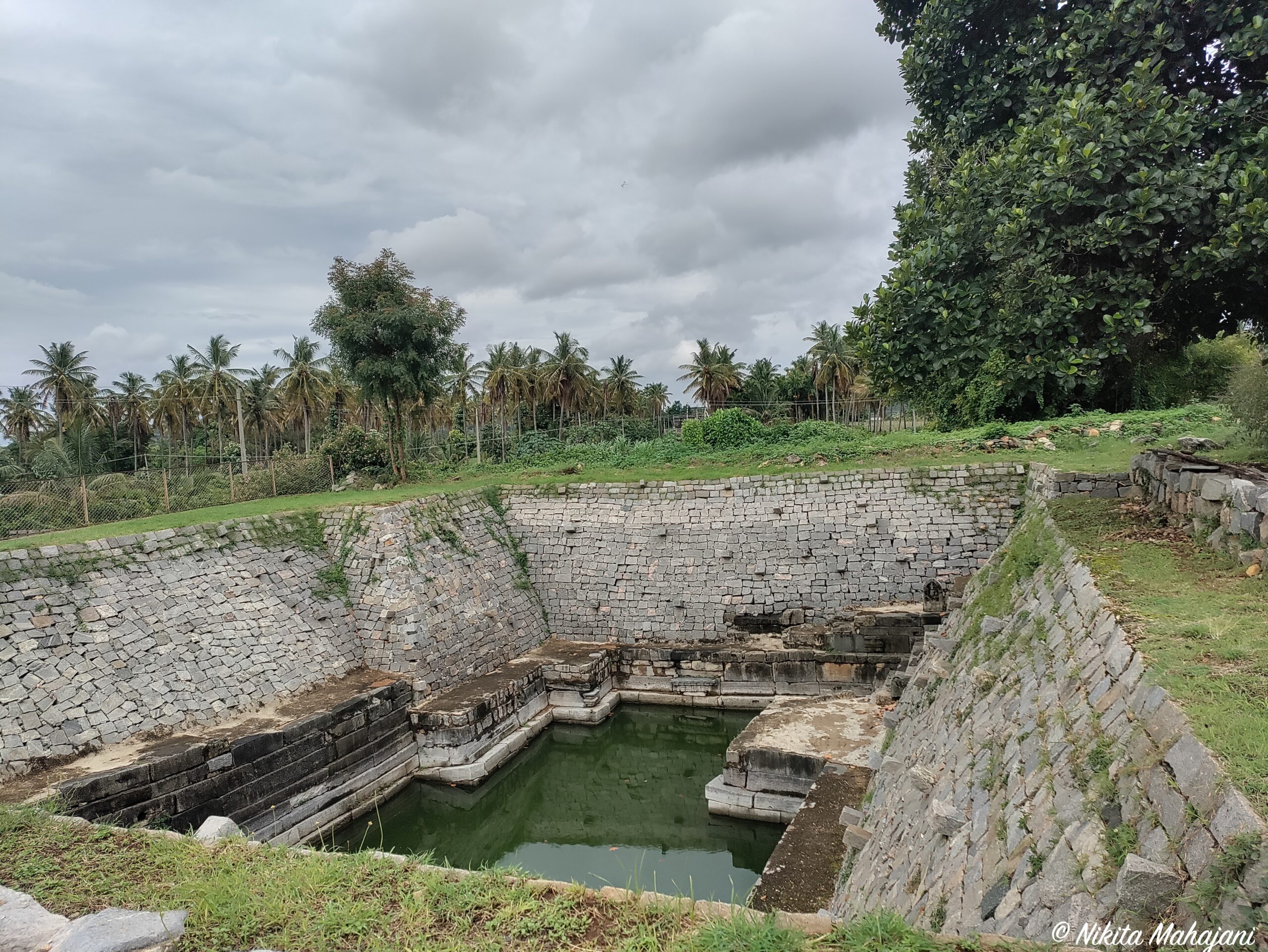
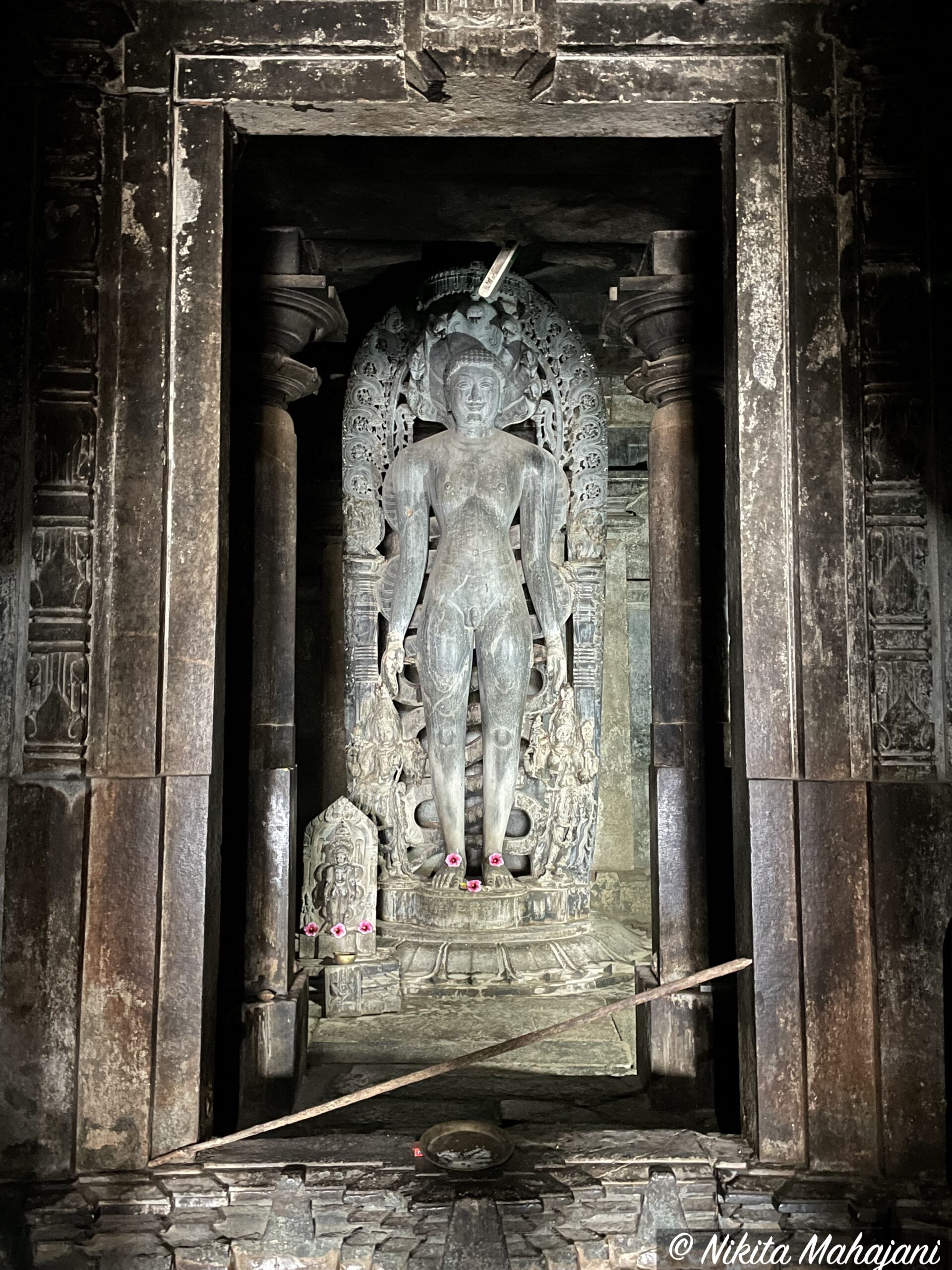
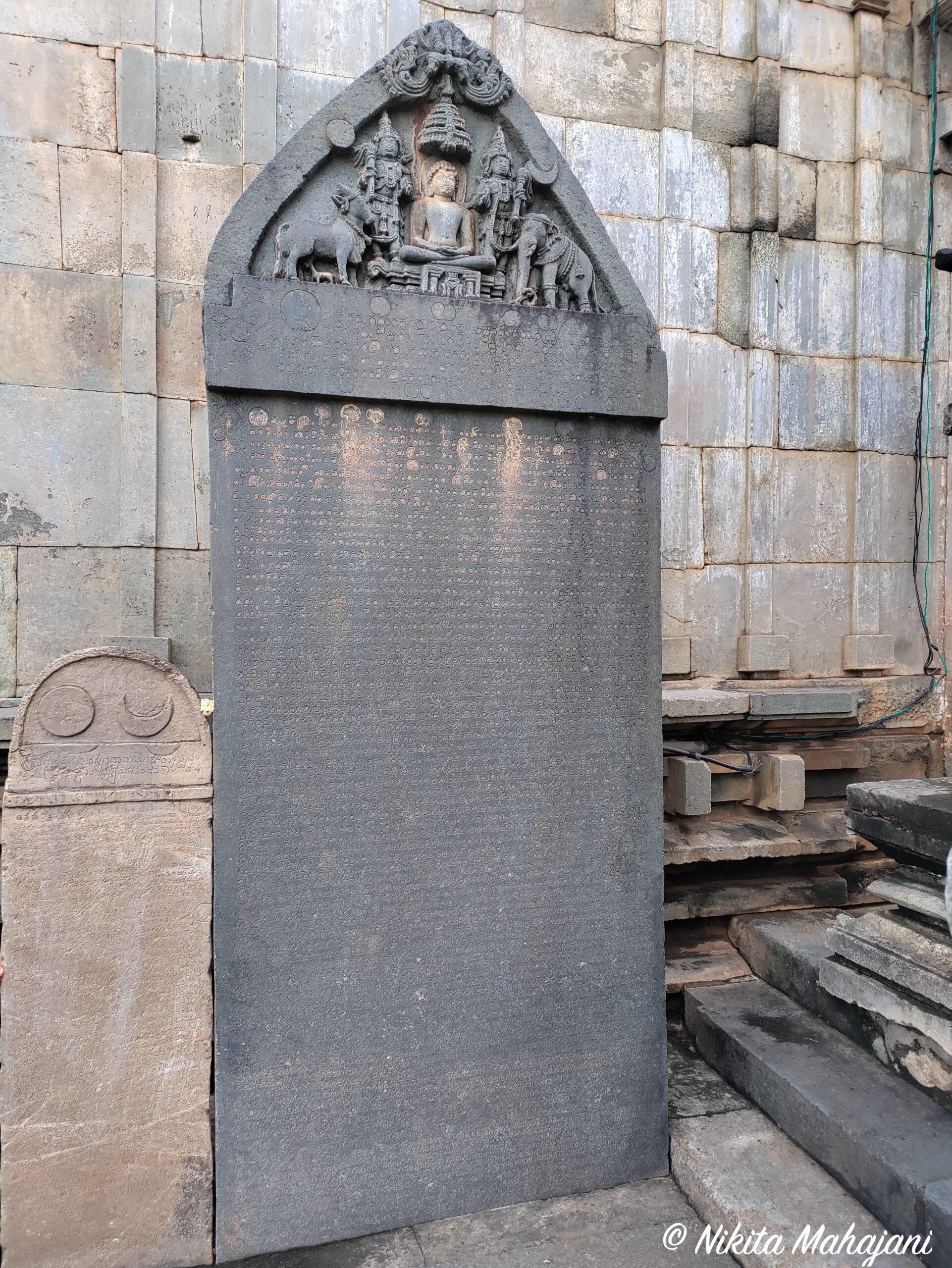
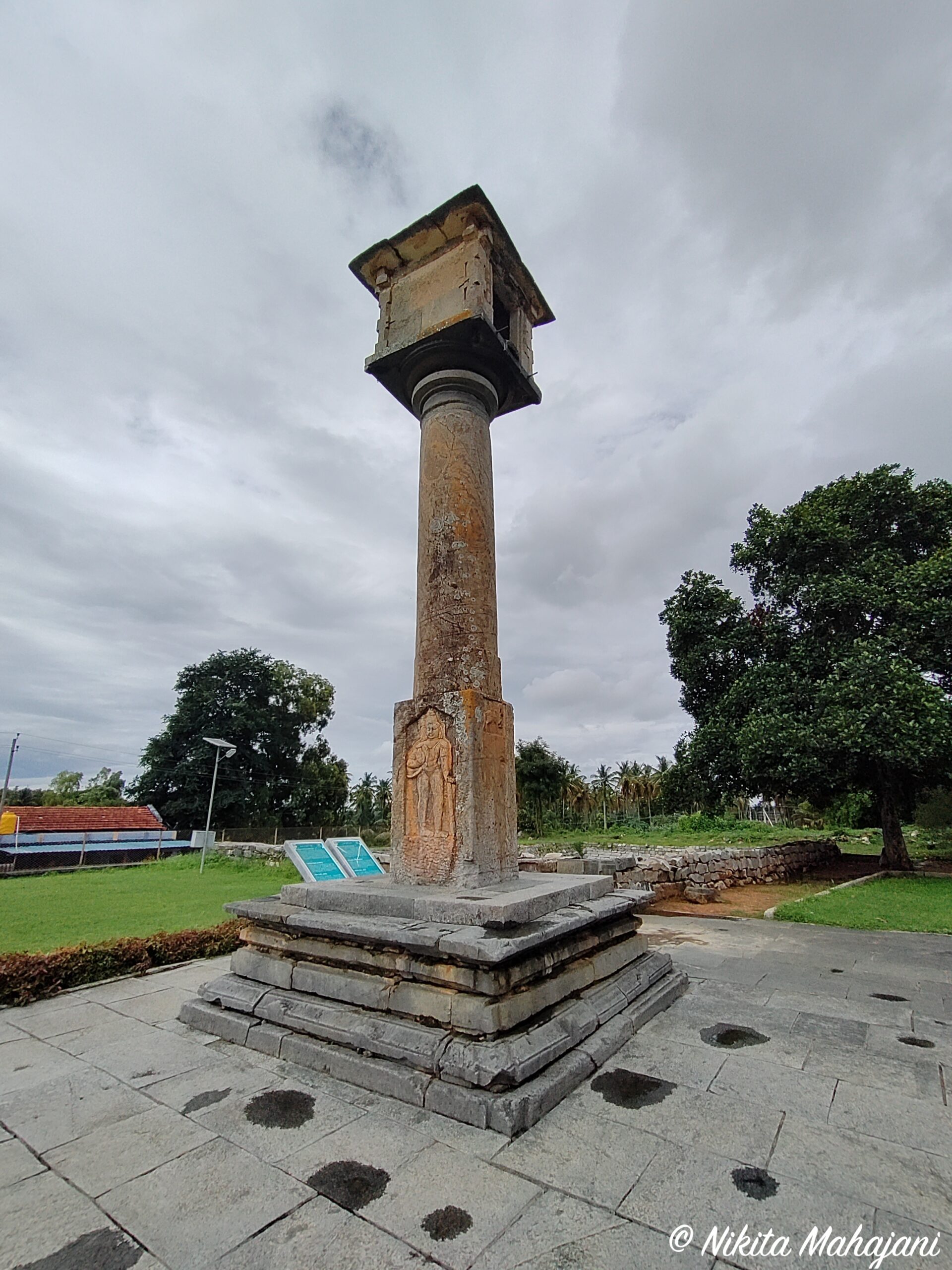
We also visited the Kalyani Pushkarini, Halebidu which is pet friendly. Sophie explored this entire stepwell with great curiosity. By evening, we were back at Falling Water Resort for another hearty dinner, ready to rest up for the journey ahead.
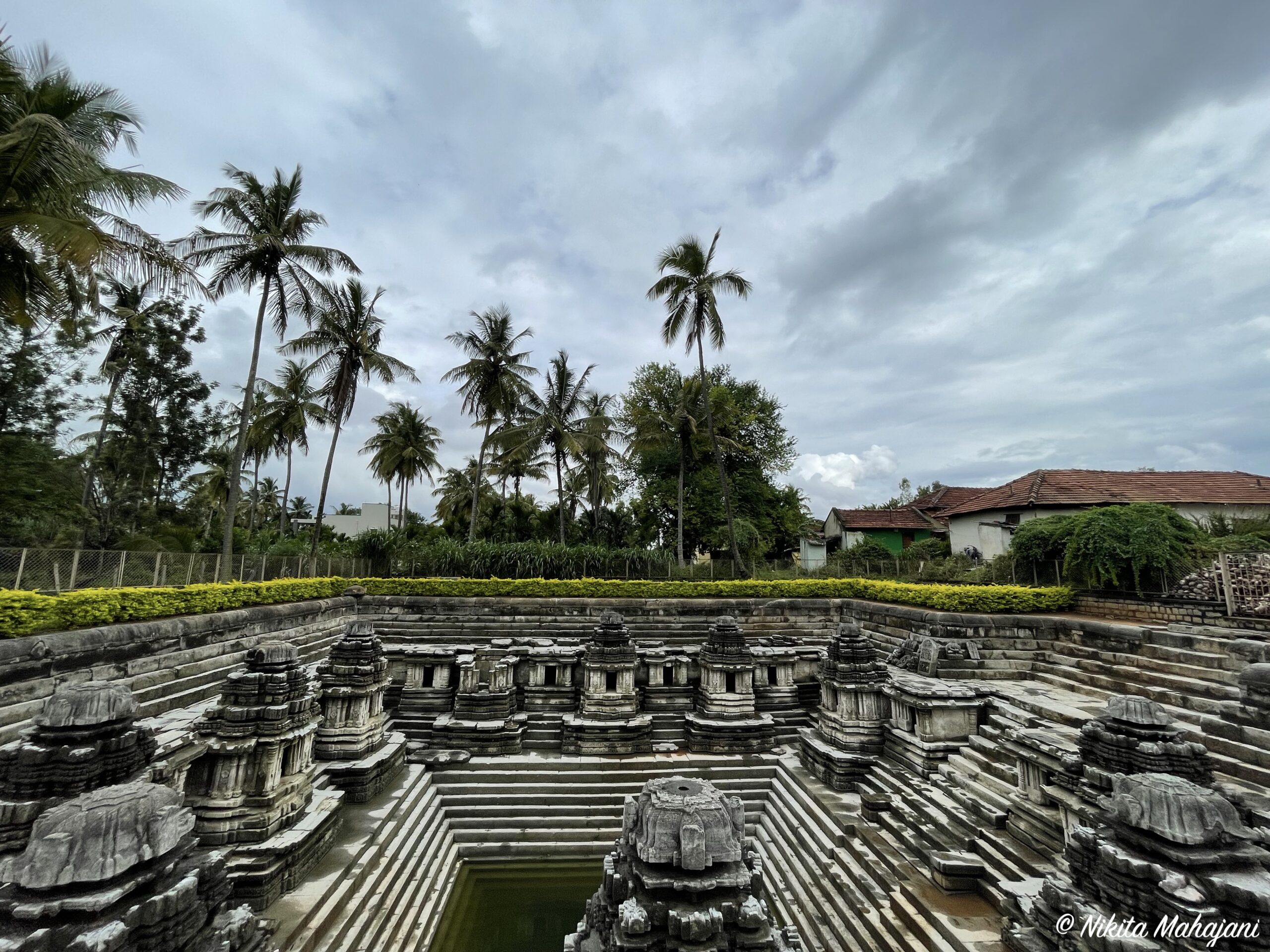
To read the next blog on Coorg Day-4 click here
Where did we stay ?
Falling water resort, Sakleshpur
Whispering Woods Coorg
Where did we eat ?
Falling water resort, Sakleshpur
Hotel Coorg Gavadana
ITIHAKALA RESTAURANT ( Veg Hotel) HALEBIDU / BELUR
Hotel UDUPI BRAMHINS PURE VEG
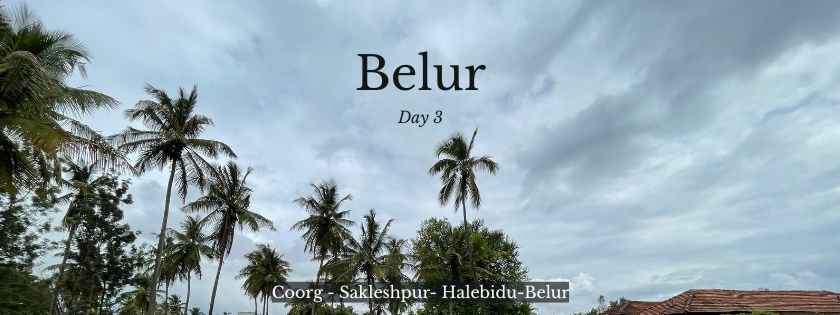
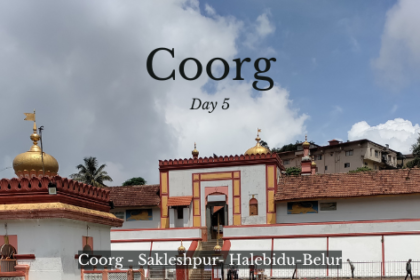
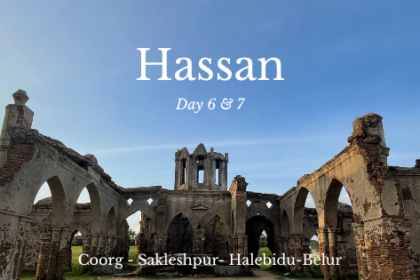
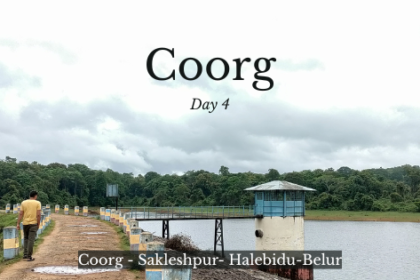

[…] To read the previous blog on Coorg Day-03 click here […]
[…] To read the next blog on Coorg Day-3 click here […]